A new book of photographs and artworks reveals the reality of the Walled City of Kowloon – an astonishing and unique place which was the most densely populated spot on Earth.
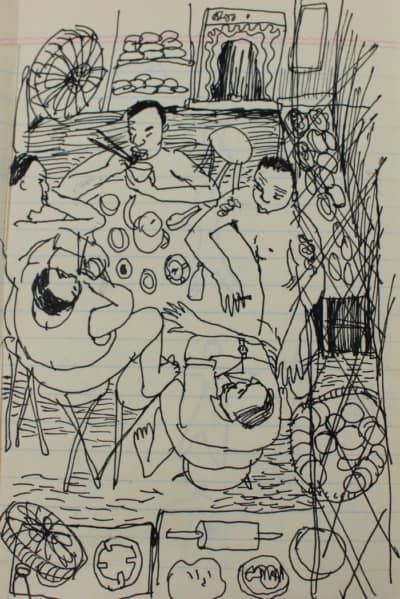 The Walled City was built on a small parcel of land in Hong Kong that was disputed by Britain and China, which meant neither country exercised full jurisdiction there. As a result, the former fort was a law unto itself, and its 60,000 inhabitants – many of whom were refugees from upheavals in China such as the Cultural Revolution – built the Walled City with their own hands.
The Walled City was built on a small parcel of land in Hong Kong that was disputed by Britain and China, which meant neither country exercised full jurisdiction there. As a result, the former fort was a law unto itself, and its 60,000 inhabitants – many of whom were refugees from upheavals in China such as the Cultural Revolution – built the Walled City with their own hands.
From the 1960s onwards, the makeshift buildings of the Walled City rose 14 storeys high, often leaning in to each other and touching at the top, allowing little sunlight to filter through to the narrow alleys below. Children born in the Walled City sometimes suffered from rickets due to a lack of sunlight. Brothels and opium dens flourished in the Walled City, but so did refugee dentists and doctors: their qualifications were not recognised in the rest of British Hong Kong but they could operate freely in the Walled City. Triad gangs ruled the maze of dark, dripping alleyways, and Hong Kong police rarely entered, since people arrested in the Walled City could not be tried in Hong Kong courts without provoking diplomatic protests from China.
Artist Fiona Hawthorne, who was born in Northern Ireland and now lives in London, grew up in Hong Kong in the 1970s. Like everybody who lived in Hong Kong at that time, she knew about the Walled City. But it was spoken about in terms of crime, vice and danger, and most people stayed well away from it.
In 1985, guided by friends who knew their way around the Walled City, the 22-year-old Hawthorne ventured inside with her camera, pencils and paints, and to her surprise, she found only a warm welcome from industrious, friendly inhabitants. Teahouse owners would clear a space for her to sit and draw portraits of the people of the Walled City. She stayed for three months, recording everything she saw.
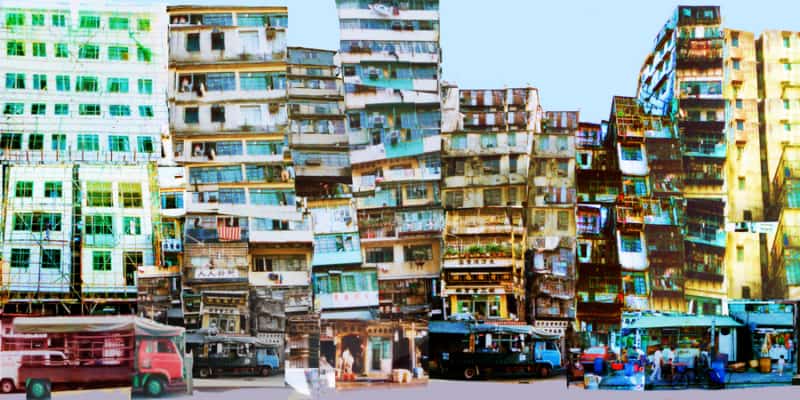
Hawthorne then returned to London, where these images were stored in her attic for 36 years. Only now, with the publication of Drawing on the Inside, are they being shown for the first time.
The Walled City was finally demolished in the 1990s – an event which was only made possible by the Handover of Hong Kong to China – but it lives on in the memories of everyone who knew it.
Drawing on the Inside is now available from bookstores in Hong Kong, the UK, the US and Canada.
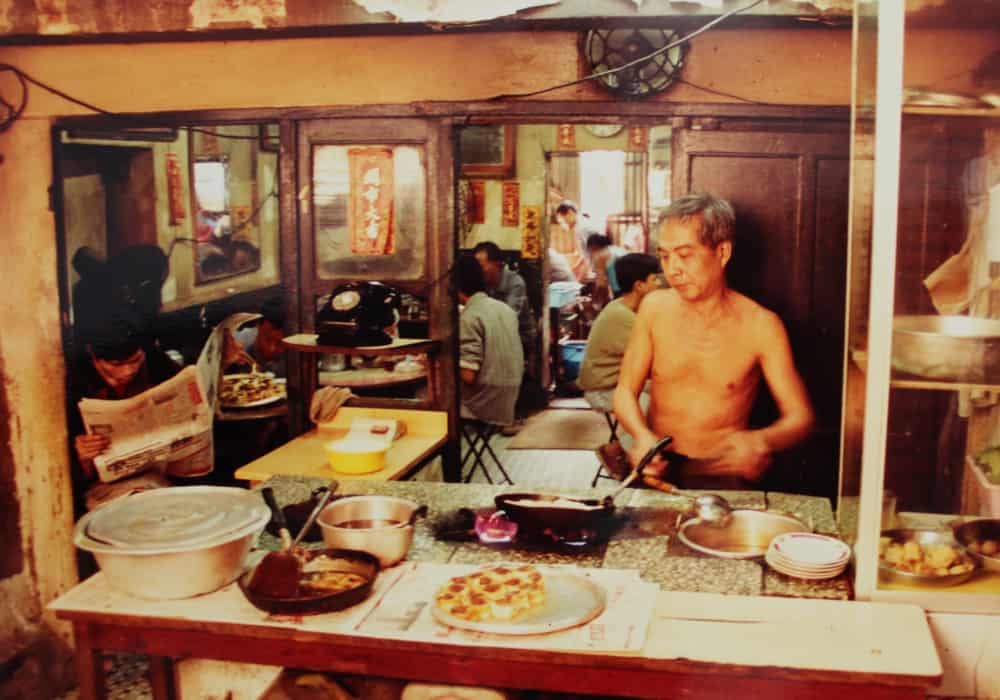
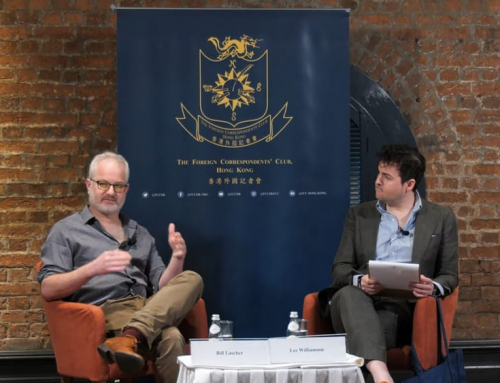
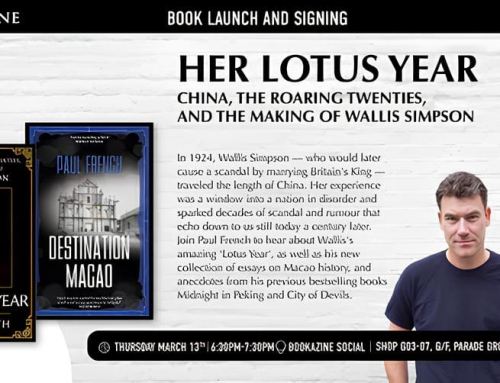
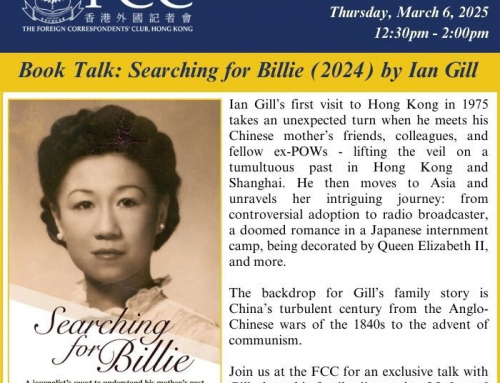
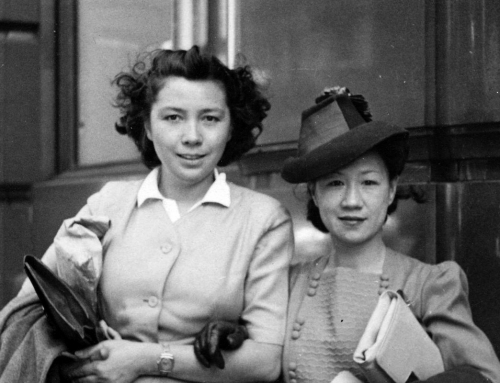
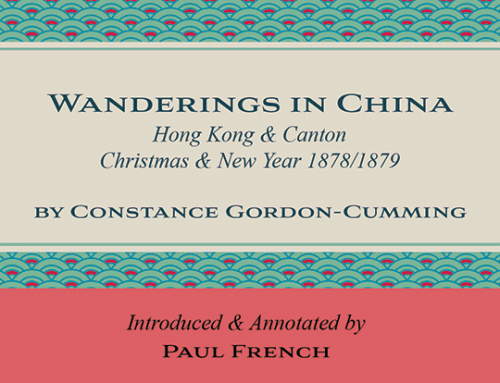
Leave A Comment